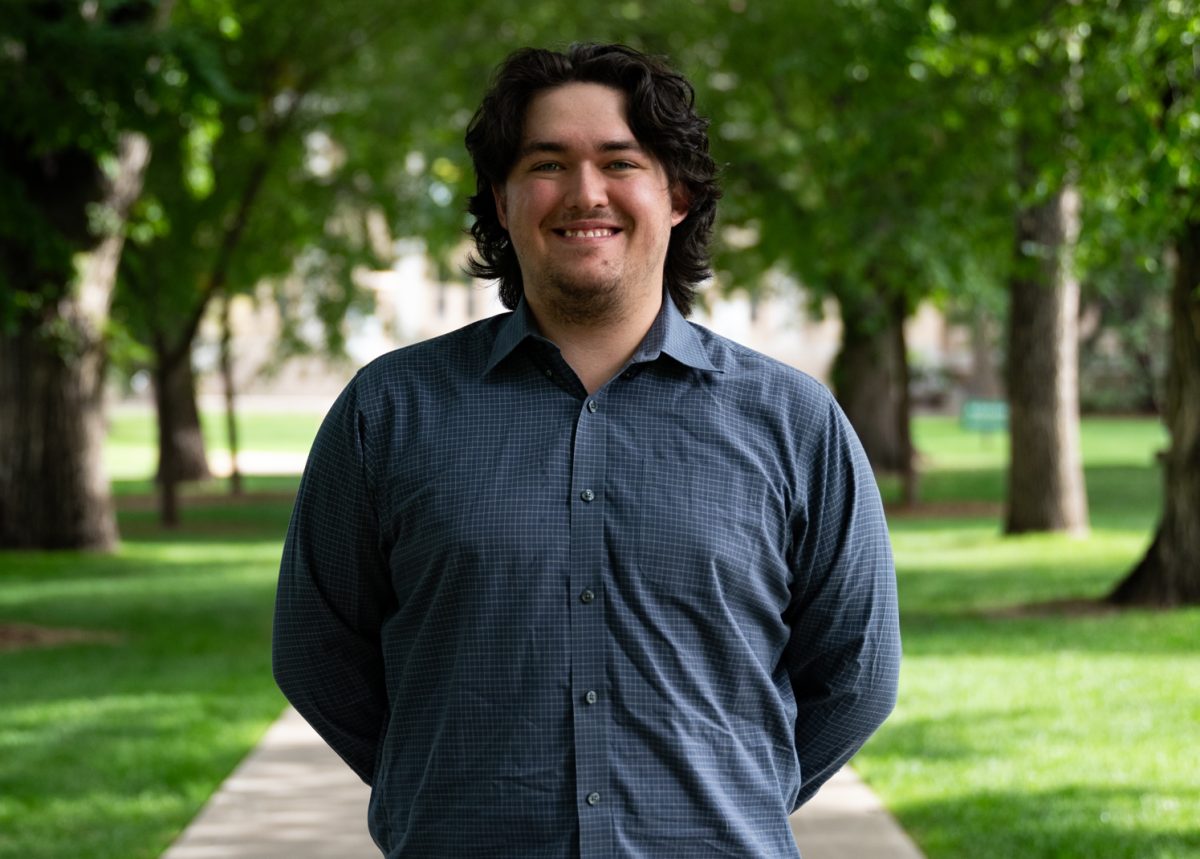Editor’s Note: All opinion section content reflects the views of the individual author only and does not represent a stance taken by the Collegian or its editorial board.
Rates of mental illness among college students are at all time highs, and campuses are struggling to keep up. As instances of psychological distress rise among collegiate populations, students cannot depend entirely on campus counseling and mental health services to provide sufficient, consistent treatment. Instead of just seeking solutions on campus, students should also look to alternative methods and remedies for recovery.
In 2015, an assessment of 93 universities by the Center for Collegiate Mental Health (CCMH) found that instances of depression and anxiety disorders all increased substantially among college students between 2009 to 2015.
The rates of reported distress by students far outnumbered trends of enrollment. Over the six-year study period, the number of students using counseling center services grew by more than 30 percent, while institutional enrollment only rose by six percent. Although more students are seeking help, student body populations are remaining relatively stable.
“rates of reported distress by students far outnumbered trends of enrollment. Over the six-year study period, the number of students using counseling center services grew by more than 30 percent, while institutional enrollment only rose by six percent” -Center for Collegiate Mental Health
Despite the increasing prevalence of mental illness on campus, a 2016 annual report by CCMH revealed that access to “routine treatment” services decreased by nearly eight percent. The following year’s 2017 report concluded that although rates of depression and anxiety continue to rise, university facilities are unable to support the influx of patients, either due to long wait times or insufficient consistency in treatment sessions.
This trend is clearly problematic, but there are solutions if one is willing to look beyond the confines of campus.
As a former patient of CSU Counseling Services, I understand how scary and frustrating it can be to seek help. Last year, when I was still struggling with an eating disorder and depression, I had the privilege of meeting with a great therapist several times, but these meetings were weeks apart due to a high influx of patients. This made it difficult to establish a strong relationship with the therapist or work consistently on recovery goals.
Scheduling appointments was also difficult, as calls were often sent to voicemail, resulting in headache-inducing navigation of extension lines and week long games of phone-tag. Appointments for counseling at the CSU Health and Medical Center can only be made by phone, despite student demand for online scheduling platforms.
Luckily, there are many mental health resources available for students besides the university Health Center.
We are fortunate to live in the digital age, where there are almost limitless resources for self improvement and mental health are available. A number of internet counseling services are also cropping up, like Breakthrough, an online service that provides therapy sessions via computer, smartphone, or tablet. Support for patients and their loved ones can also be found in many online forums, such as those on PsychCentral.com.
For those wishing to work more independently on their recovery or supplement concurrent treatment, the Wellness Recovery Action Plan (WRAP) allows one to identify what makes them feel well, and how to sustain those feelings of wellness by learning to recognize symptoms using a “toolbox” of effective coping mechanisms. The program, developed in 1997, can be completed online or with the book, depending on personal preference.
Solutions aren’t limited to online sites. The CSU Health Network website lists a number of resources for mental and emotional health, many of which are unaffiliated with the university.
There are free online assessments and self-check quizzes that can help in identifying potential conditions. If one suspects they might be struggling with a mental illness or detrimental psychology, there are many options for treatment outside of campus.
For instance, Summitstone Health Partners is a non-profit healthcare provider connecting patients with a wide range of programs and support systems, from addiction counseling to specialized women’s services to anger management.
If getting off campus is not feasible for a student, there are also on-campus resources that may be more accessible than Health Network providers.
The Student Recreation Center is a great place to blow off steam and get the endorphins flowing. Really any kind of physical activity, from walking to yoga to weightlifting, can be beneficial.
The mere act of socializing has been proven to be beneficial for both mental and physical health, according to Psychology Today. Joining clubs on campus is a great way to surround yourself with people who have common interests and builds a support system. RamLink helps students get involved in hundreds of student-run organizations.
Mental illness of any kind is extremely difficult to manage. Fortunately, it doesn’t have to be confronted alone, and treatment options are available in many other places besides the CSU Health and Medical Center.
As finals week approaches, students should check in with themselves to assess their mental well-being. If something feels wrong, don’t fret. Try to remember that resources are available, help is within reach, and recovery is attainable.
Collegian Columnist Lauren Willson can be reached at letters@collegian and online at @LaurenKealani








